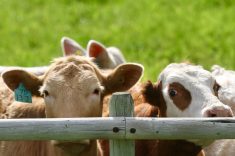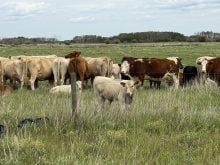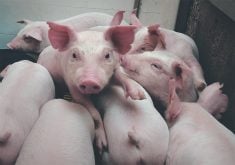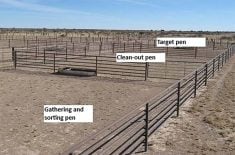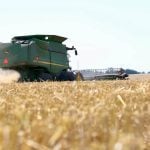OLDS, Alta. – Composting in this central Alberta town means more than throwing a few kitchen scraps into a box in the backyard.
Outside the Olds College composting centre, long windrows of steaming compost are lined up for researchers to poke, probe and analyze.
For compost centre manager Tom Clark, it’s a beautiful sight.
“Composting is a very simple process once you understand the biology. Once you manage the biology, you can make it happen very quickly and properly without odor or other problems.”
Read Also
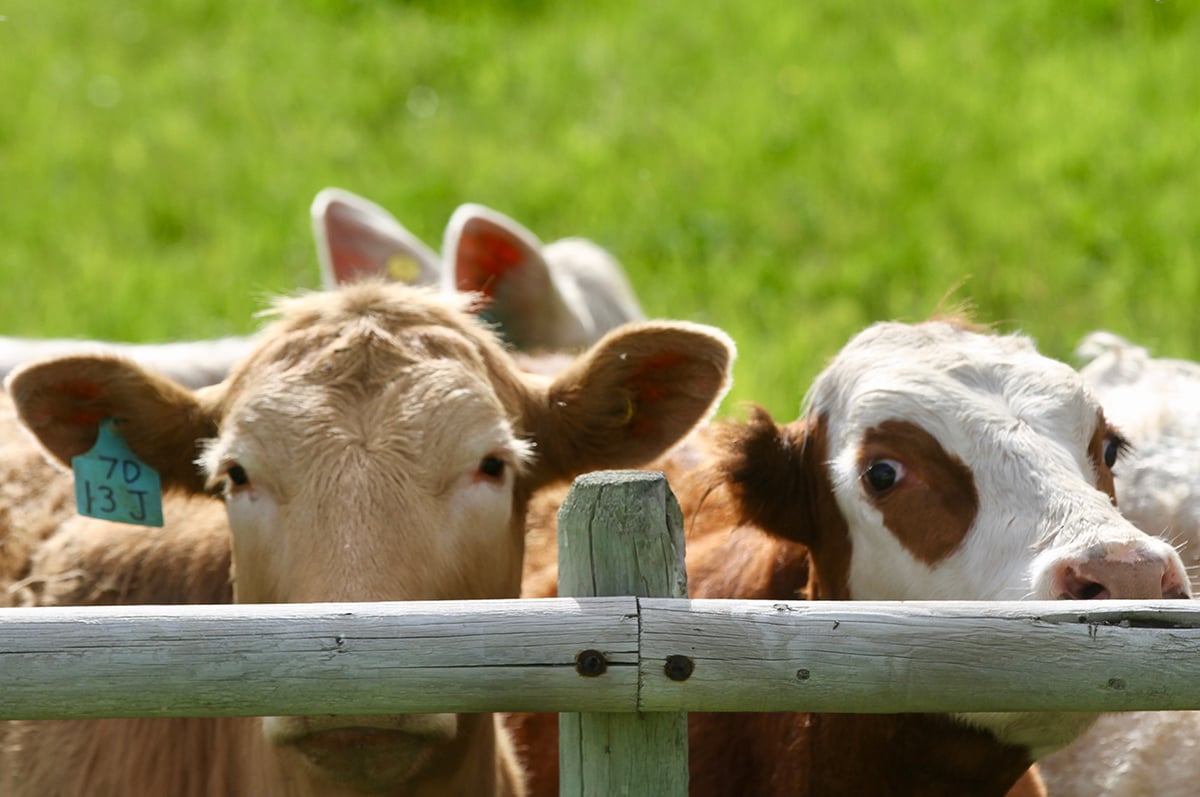
Feeder market consolidates at historic highs
For the week ending Sept. 6, Western Canadian feeder cattle markets were relatively unchanged compared to seven days earlier.
The centre, based at Olds College in the town about 90 kilometres north of Calgary, studies blends of organic material to make humus and methods to shrink the process from years to as little as 28 days.
Waste reduced
Using pitchforks and computers the college works with private industries to improve ways to make a natural additive that adds tilth and improved water-holding capacity to soil. If done properly, the volume of waste shrinks during composting by 50 percent and there is no odor.
Knowledge developed at the centre could have a huge impact on the agriculture and forestry industries and municipalities that are faced with growing piles of waste in landfills and lagoons every year.
With its extensive farm and livestock operation there is always plenty of manure at Olds College. But when a Vancouver company named Green Leaf came on the scene a few years ago, the two formed a joint venture and started composting the manure and selling it to home gardeners.
Last year, the town of Olds sent its yard waste of leaves, branches and grass clippings to be composted at the centre.
Experimental work is ongoing to compost bark and pulp sludge. Forestry companies burn much of that waste and are looking for a cleaner disposal method.
Such a centre could also prove an asset to Alberta’s intensive livestock industry as manure disposal continues to be a contentious issue due to odor and seepage.
Manure robs nitrogen from soil, but when composted material is spread on the land there is no loss of nitrogen, said Clark.
The centre is also developing equipment to better handle the composting process. Machines can be programmed to turn the piles to keep the natural heating process constant. Conveyors have also been built to move the batches as they are produced.



